I studied
Computational Science and Engineering
(CSE) at the Informatics Faculty of
the Technical University of Munich (TUM), and graduated with a Master of Science (Honours) degree in Fall 2020.
My Thesis was concerned with modeling the behaviour
of next-gen rocket engines using Deep Learning techniques at the
SaCLab
at
ISAE-Supaero in Toulouse, France.
Next to my studies, I worked as a Junior Developer (C++/CI) for a high performance simulation software at TUM. I am also Team Lead of a project collaboration between TUM and Siemens involving CFD simulations and Machine Learning.
In 2017, I graduated from Freie Universität Berlin with a Bachelor's Degree in Physics as 4th/41 of my class. During my studies, I spent a semester at the University of Manchester. Afterwards I worked as a Researcher at the Bioinformatics and Biomedical Signals Laboratory at Universitat Politècnica de Catalunya, Barcelona.
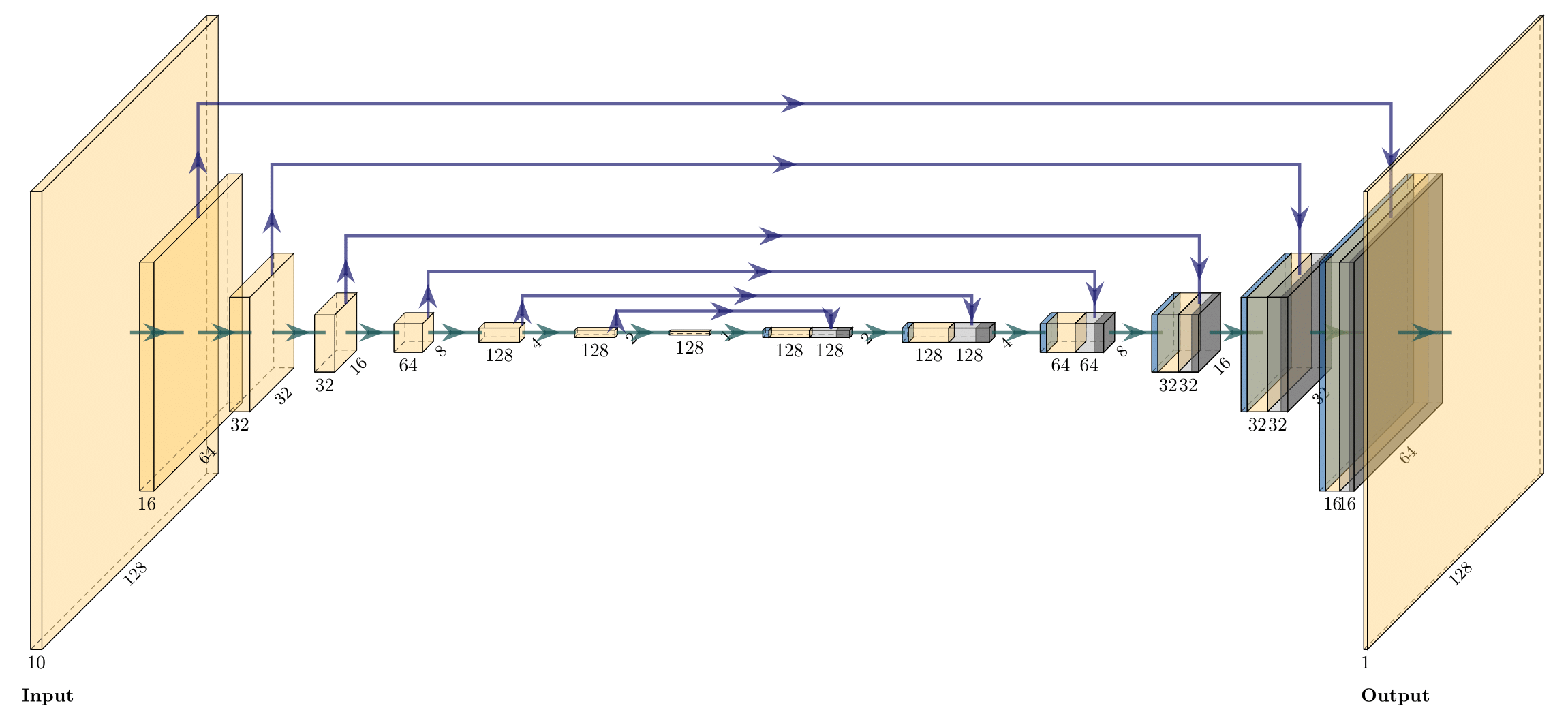
U-Net convolutional neural network architecture used to predict temperature and
pressure
field data for a methane-oxygen rocket engine.

The performance of Liquid Rocket Engines is an integral part in the overall capability of a launch vehicle to put payloads into orbit. Given the slim margins in spaceflight, optimizing them is of utmost importance when designing a launch system. This can be achieved via multi-disciplinary optimization and analysis, which often relies on empirical and low fidelity surrogate models.
This thesis investigates deep learning techniques to model the performance of a gaseous oxygen/methane rocket engine with a single coaxial shear injector, that aim to provide higher accuracy and flexibility than the models currently in use.
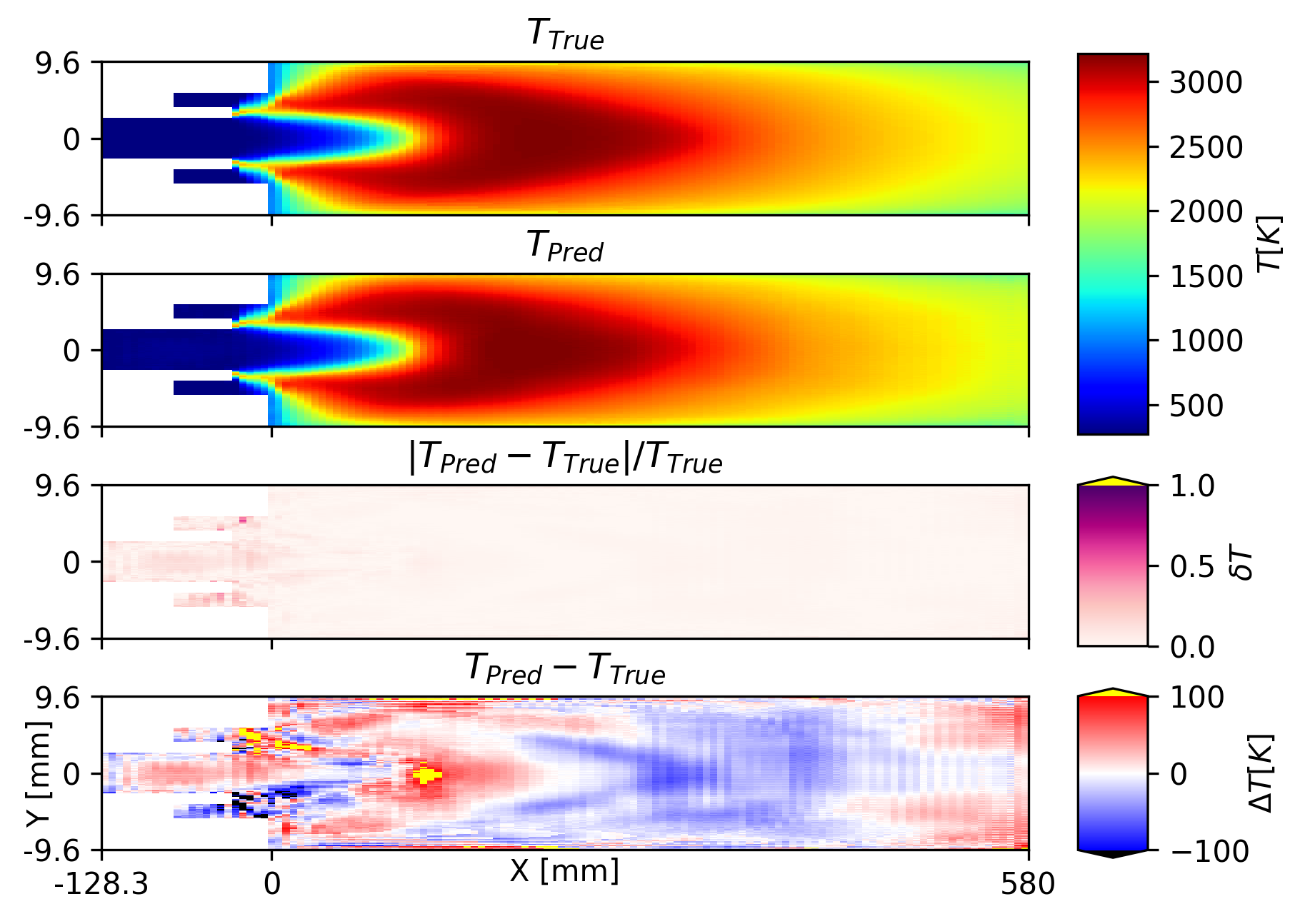
Validation and Prediction results for a temperature field in a given
combustion
chamber configuration (Top) as well as relative and absolute errors (Bottom).

Based on an experimental engine design at Technische Universität München, a RANS simulation setup is validated against the available pressure and wall heat flux data. A Design of Experiments varying the geometry of the coaxial injector, chamber and nozzle design as well as mass flow and mixture ratio is constructed using physical parameter limits to create a large parametric dataset.
An automated data creation pipeline was developed to create and simulate 3600 design variations. The raw data is processed and stored in a database system to allow easy and systematic access during training of surrogate models.
Three different sets of modeling targets were investigated. Global (0D) quantities like chamber pressure, Wall (1D) curves like heat flux and Field (2D) quantities like the temperature field in the combustion chamber.
Global and Wall quantities are modeled using Fully Connected Neural Networks (FCNN), while Convolutional Neural Networks (CNN) and the U-Net architecture are deployed for the temperature field prediction.
The performance of the models on all investigated quantities consistently ranges between 96% and 99.9% mean accuracy. The high accuracy together with prediction times in the millisecond range show the feasibility of these models as drop-in replacements for standard surrogate models used in multi-disciplinary optimization and analysis. They succeed in providing additional value from the RANS dataset after the initial computational investment.
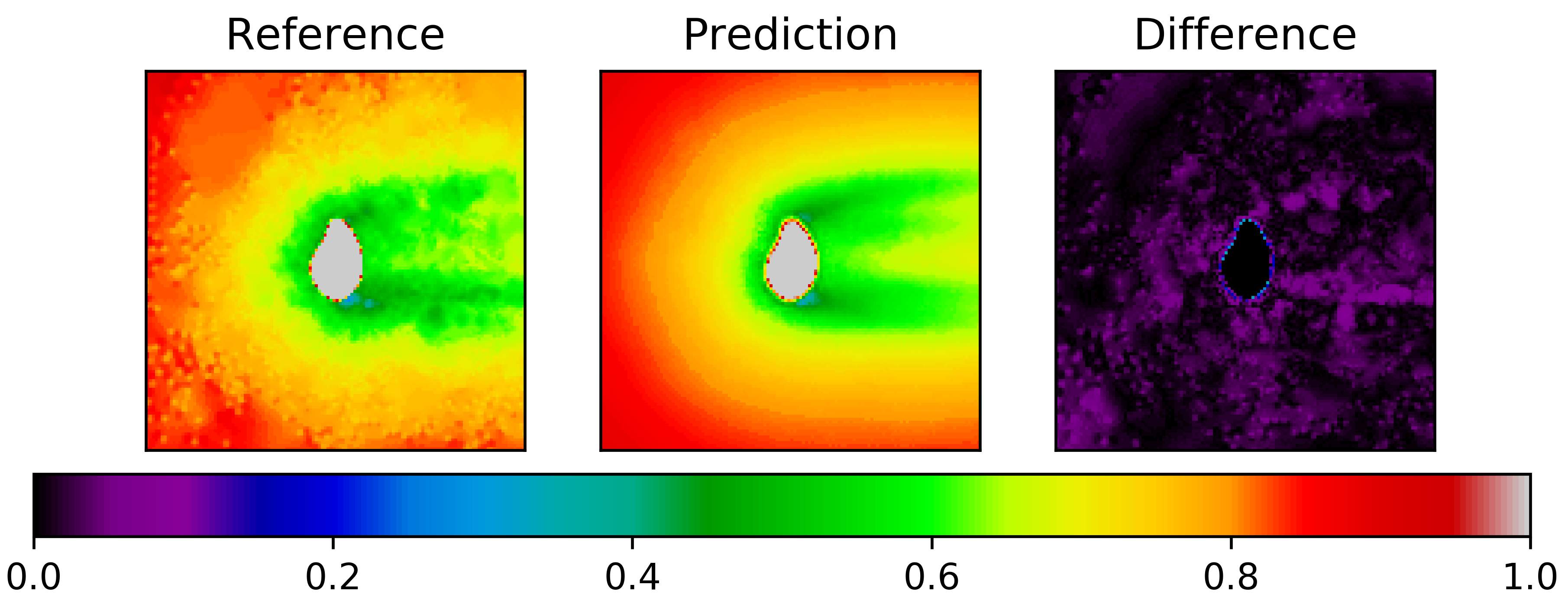
Mesh density around a geometry as achieved by iterative mesh refinements informed by adjoint solver results.
Left: Reference image from simulation. Middle: Convolutional Neural Network prediction. Right: Absolute difference

As part of the 2018 class of the Bavarian Graduate School for Computational Engineering (BGCE) I am taking part in a multi-disciplinary project in collaboration with Siemens lasting roughly a year until June 2019. This project page will be updated when the final results are in.
Brief description: I am the Team Lead of a 5 person team consisting of students
from different courses working together with Siemens and CD-Adapco (a Siemens subsidiary developing the CFD solver Star-CCM+).
Mainly we are interested in using machine learning techniques to accelerate parts of a standard CFD (Computational
Fluid Dynamics) pipeline.
In particular, we use sensitivity analysis in cfd solutions to generate iteratively improving meshes for
a given random geometry. We have developed algorithms and leveraged TUM supercomputer hardware to generate
over 3TB of simulation data. This data is being used to train a deep convolutional neural network (CNN) and
predict "optimal" meshes for unseen geometries.
Ultimately, this is a proof-of-concept that can further be developed to accelerate good mesh generation
and get more stable and accurate simulation results faster.
The used U-Net architecture has been shown to have ample capability for this task and validation results as seen on the right
show promising results.
More information:
Poster (mobile)
Final Presentation (mobile)
Working as a HiWi, short for Student Research Assistant, I am part of the team developing and maintaining the massively parallel code of the ls1-mardyn project at TUM. The projects primary focus is to provide a fast and scalable code for molecular dynamics simulations which is capable of running on the fastest supercomputers in the world and utilize their potential.
I was involved in a major rebuild of the code, moving it from a pure proof-of-concept system to a modular plugin based code with both better performance as well as easy extendability options. As the code is meant to run on cluster systems using both MPI and openMP, the work was specifically focused around minimizing communication between compute nodes when unnecessary and guaranteeing proper scalability for a multitude of systems.
After the restructuring, I moved on to Continuous Integration and specifically performance control, making sure that commits are tested thoroughly on different configurations to prevent performance degradation over time. Finding and squashing bugs in this parallel environment is also part of my job.
This job gave me the opportunity to work on a much larger scale project than I was used to with a codebase of over 600.000 lines of code, dozens of contributors and performance being of critical importance. As a result, code I have written is now running regularly on supercomputers including SuperMUC-NG, currently the 8th fastest system in the world.
More information: Github (incl. documentation/getting started)
talk2yourData was a project I worked on at the Bioinformatics and Biomedical Signals Laboratory (B2SLab) under the supervision of Prof. Alex Perera Lluna. The main objective was to provide a hands-free interface to interact with arbitrary data such as matrices or images.
As the lab frequently collaborates with local hospitals in Barcelona on data science related projects, they wanted to find a way to make information more accessible to the practitioners by firstly getting rid of the usual command-line interface and secondly enabling them to interact only using their voice.
Standing in as a test audience were Phd candidates from the lab, which is why the programmed interactions with the data were centered around typical data processing tasks like running a PCA on some matrix. The user interface (top) was build with responsiveness and dynamic content in mind. Its running on the Material Design Lite framework to power the html skeleton. Content is dynamically delivered and updated via WebSockets and javaScript.
I started this project from scratch and was responsible for the complete application stack, including the user interface, setting up the server backend and handling the interaction with Amazon's Alexa API. The resulting communication structure can be seen on the right.
At the end of my stay with the lab, we had a working prototype which could be directed by voice to open a file,
do different kinds of processing, hand it to another processing block or save it for a later session.
Progress within a session was persisting and would be loaded if the user switched to a different device
or re-open the session at a later date.
More information: Github (incl. documentation/getting started)
| 2019 - 2020 |
Master Thesis Student: Surrogate Modelling (AI) Advanced Space Concept Laboratory (SaCLab) ISAE Supaero, Toulouse, France |
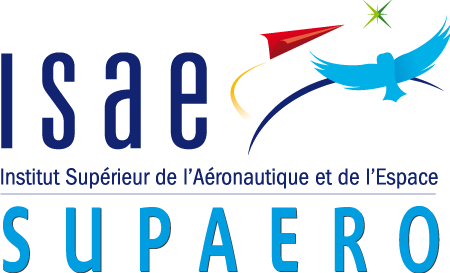
|
| 2018 – 2020 |
Junior Developer C++/CI: ls1-MarDyn / AutoPas Chair of Scientific Computing in Computer Science (SCCS) Technische Universität München |
|
| 2018 – 2019 |
Student teaching assistant: Advanced Programming Chair of Scientific Computing in Computer Science (SCCS) Technische Universität München |
|
| 2017 |
Machine Learning and Data Science Researcher (3 mos.) Bioinformatics and Biomedical Signals Laboratory Universitat Politècnica de Catalunya, Barcelona |
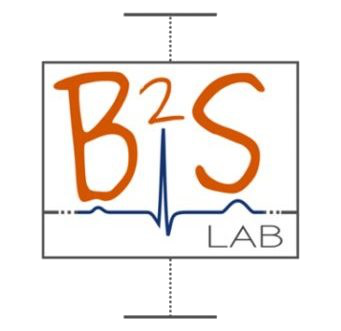
|
| 2016 – 2017 |
Student teaching assistant Laboratory Courses, Physics Department Freie Universität Berlin |
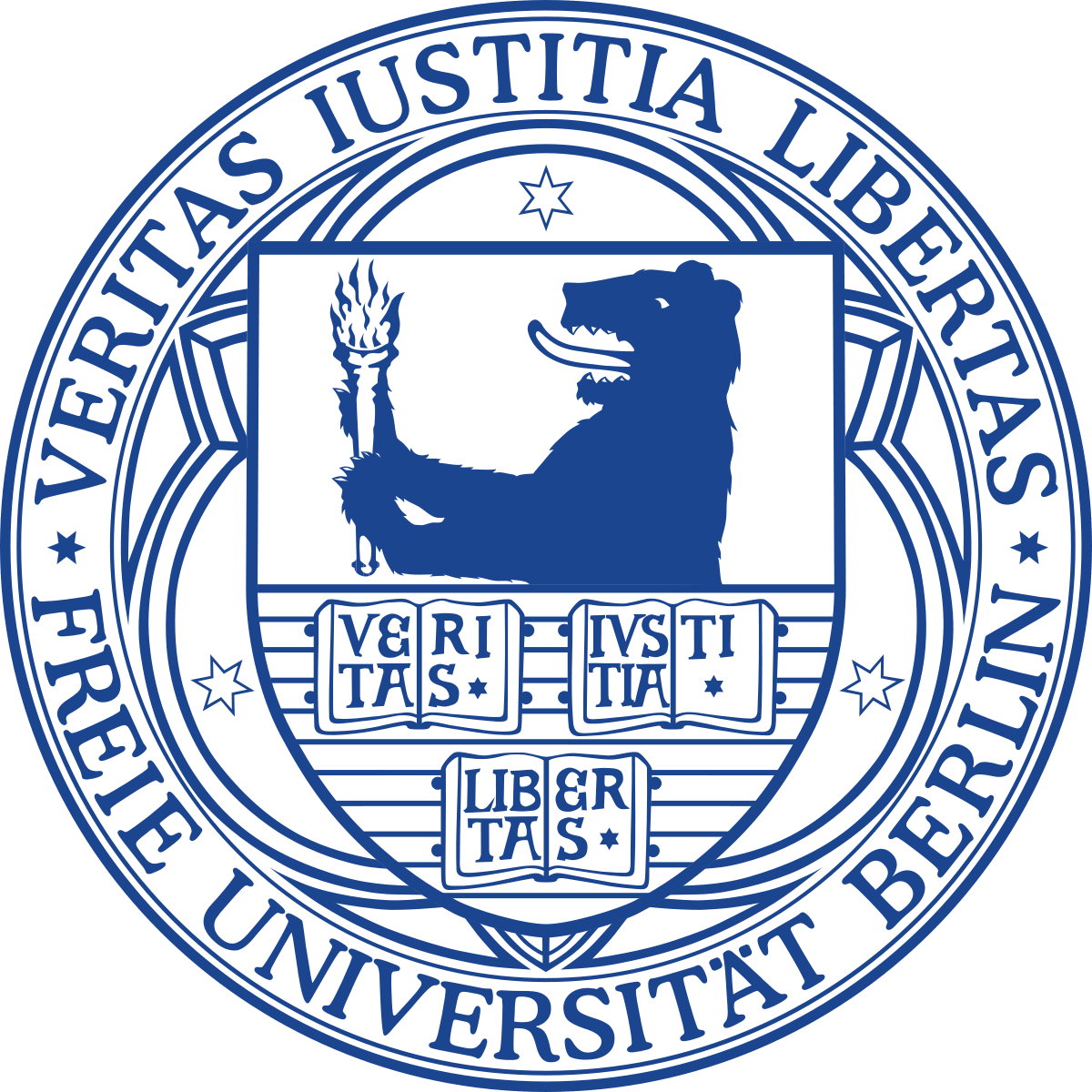
|
| 2018 - 2020 |
Team Lead BGCE Honours Project in cooperation with Siemens Ongoing Collaboration to improve Industrial Designs via Machine Learning and CFD techniques. CUDA, Tensorflow, Python, MPI, SuperMUC, StarCCM+ Technische Universität München / Siemens |

|
| 2017 |
Alexa Skill Development for Natural Workflows Multi-Client, Alexa-enabled, dynamic browser app for data analysis. Alexa API, Python, R, Django Server, Javascript, HTML5 UPC Barcelona |

|
| 2018 – 2020 |
Bavarian Graduate School of Computational Engineering Honours Track of Masters Program Technische Universität München |
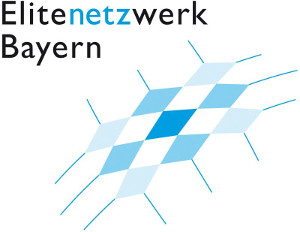
|
| 2017 – 2020 |
M.Sc. (Hons.) Computational Science and Engineering Program focused on the intersection between Maths, Physics and Computer Science Technische Universität München |
|
| 2013 – 2017 |
B.Sc. Physics with courses in Maths and Economy Grade 1.2 - Top 10% of graduates Freie Universität Berlin |

|
| 2016 |
Bachelor thesis (Physics: Grade 1.0) „Communication Analysis of Dynamics in Alkaline Phosphatase“ Computational Biophysics Group, AG Imhof Freie Universität Berlin |

|
| 2015 – 2016 |
Erasmus+ exchange student MPhys (Hons) Focus on Computational Astrophysics The University of Manchester |
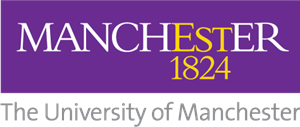
|
| 2005 – 2013 |
Secondary education: Abitur (1.0) Highest-ranking student out of 100+ Annette-von-Droste-Hülshoff-Gymnasium, Münster |

|
Ranking given where known / unclear from grade alone. Best possible: 1.0 Worst possible: 5.0
| 2018 - 2020 |
Machine Learning Theoretical course covering large areas of classical ML including Trees, Probabilistic Inference, Regression, Constrained Optimization, SVM, Kernels, Dimension Reduction, Variational Inference and Deep Learning // Fundamentals in Computer Vision TUM, NVIDIA Deep Learning Institute, LRZ |
1.7 (Top 3%) |
| 2017 - 2019 |
High Performance Computing Courses: Advanced Programming // Computer Architecture & Networks // Parallel Programming // Programming of Supercomputers. Covering topics related to C/C++ with MPI and OpenMP on HPC hardware TUM, LRZ |
1.0 - 1.3 |
| 2018 |
CUDA Seminar on GPU computing, especially CUDA. Personal project: N-body astrophysics simulation leveraging Texture memory on CUDA hardware TUM |
1.0 |
| 2016 - 2020 |
Computational Physics Courses relating to Image/Signal processing using Python // Modeling and Simulation using Modelica/Dymola // Artifical Satellites University of Manchester, TUM, ENSTA Paris |
1.0 - 1.3 |
| 2015 - 2020 |
Numerics Numerous courses both practical and theoretical on numerics and scientific computing algorithms Freie Universität Berlin, University of Manchester, Technische Universität München |
mostly Top 10% |
As part of my work as Team Lead for the BGCE honours project in collaboration with Siemens as well as my work on the ls1-mardyn project I have acquired extensive team and project Leadership. Additionally, I taught multiple labs and courses from fundamental physics labs for undergraduates up to programming courses on Masters level both at Freie Universität Berlin and Technische Universität München and am an experienced Tutor at University level. Through working on extensive projects lasting months to years, I gained valuable insights into time and resources management including working in an Agile environment. Having studied Physics and Computational Science at a total of 5 different universities in 4 different countries, I am a Multi Domain and International research professional.